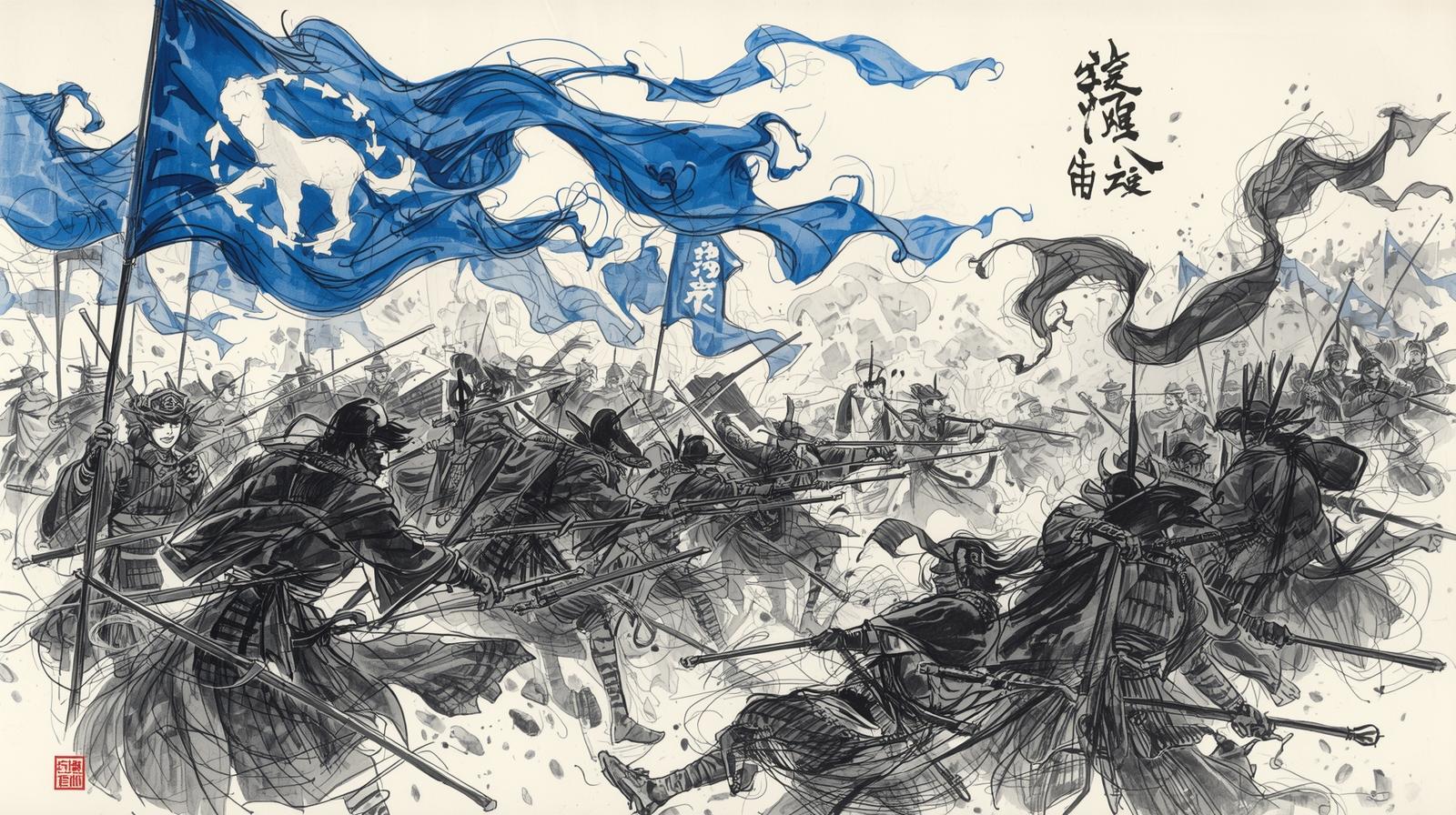In the age of the samurai, discipline and order decided victory.
Behind every famous general stood a clear Chain of Command — a system that linked lords, samurai, and soldiers together with duty and trust.
The Chain of Command in Everyday Life
Even in times of peace, samurai followed a strict hierarchy.
Orders flowed from the daimyo (lord) to his hatamoto (senior retainers), and down to the ashigaru (foot soldiers).
Everyone knew their place and purpose.
This structure was not about power — it was about responsibility.
A samurai who broke the chain risked more than punishment.
He risked dishonor.
Because loyalty was the foundation of all command.
The Chain of Command in War
When battles began, chaos could destroy everything.
But samurai armies used systems of flags, drums, and horns to keep communication alive.
Each signal meant a command: advance, retreat, regroup, or attack.
In large battles under leaders like Oda Nobunaga or Takeda Shingen,
drums set the rhythm of movement.
Flags marked each unit’s position, allowing commanders to “see” their army’s shape from afar.
Without such coordination, even the bravest warrior would be lost in confusion.
In ancient China, Sun Tzu wrote:
“When the army is confused and without control, the fault lies in the commander.”
— Sun Tzu, The Art of War
The samurai understood this deeply.
Victory required not only courage but clarity in communication.
Why the Chain of Command Still Matters Today
Modern people may not fight with swords,
but we still need our own Chain of Command — in teams, families, and businesses.
Without clear direction, confusion spreads.
Without trust, even the best plan fails.
From the samurai, we can learn three lessons:
- Clarity — Give and receive orders without misunderstanding.
- Trust — Respect those above and support those below.
- Calm — Like a general under pressure, stay composed when things go wrong.
Sun Tzu also said:
“Order or disorder depends on organization.”
That truth never changes — whether on the battlefield or in the office.
Closing Thoughts
The samurai did not fight alone.
They fought as one body, one voice, one will.
Their Chain of Command was the invisible thread that turned hundreds of men into a single force.
In our modern world, leadership is no longer about commanding others —
it’s about connecting people, just as the samurai once did with flags and drums.
The true leader builds harmony, not fear.
That is the timeless lesson of the samurai Chain of Command.



Comments